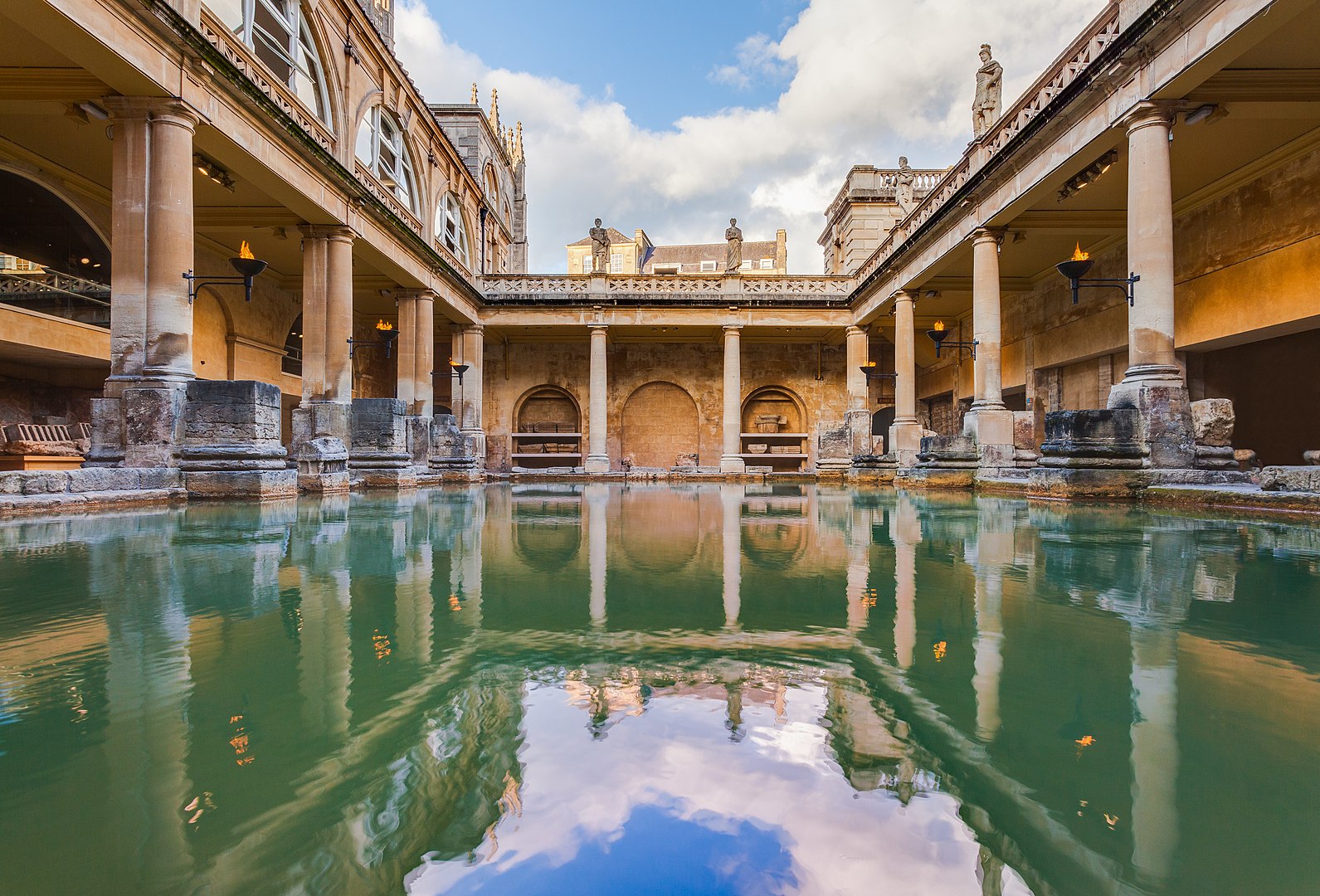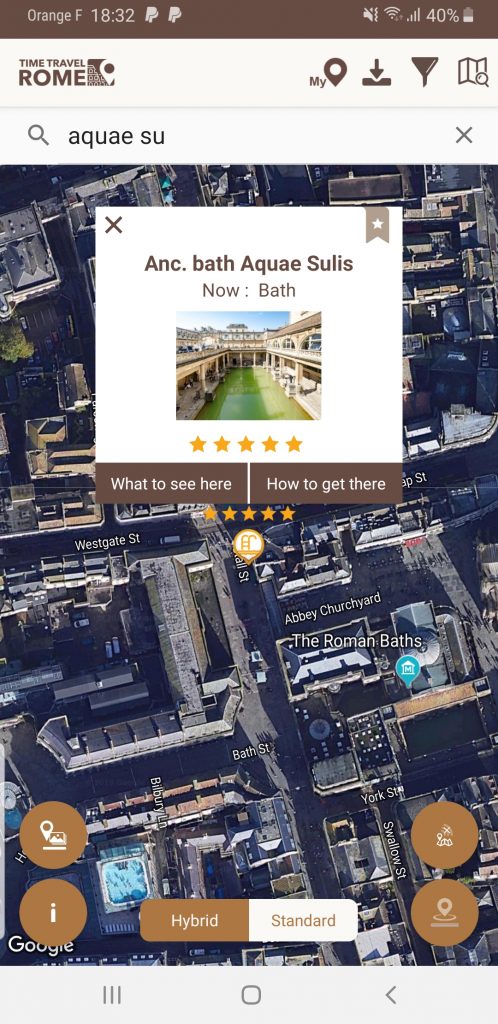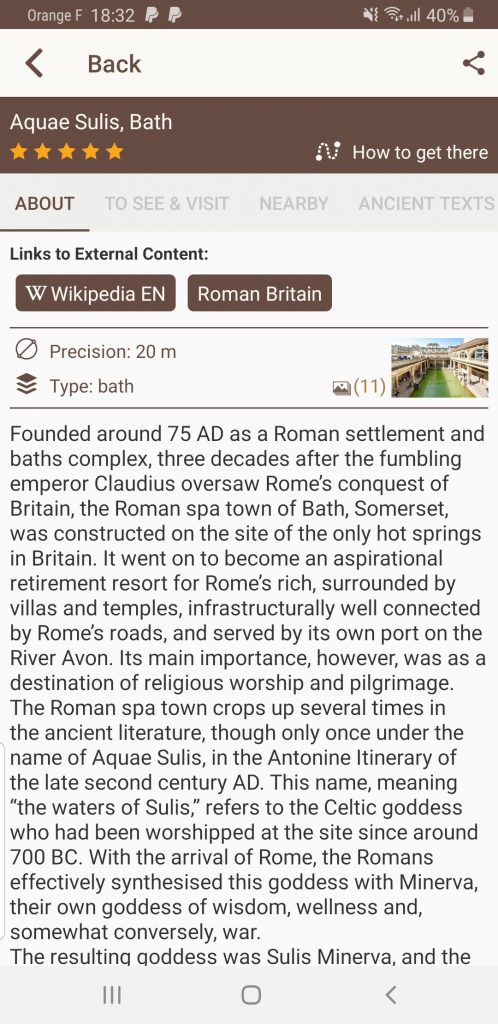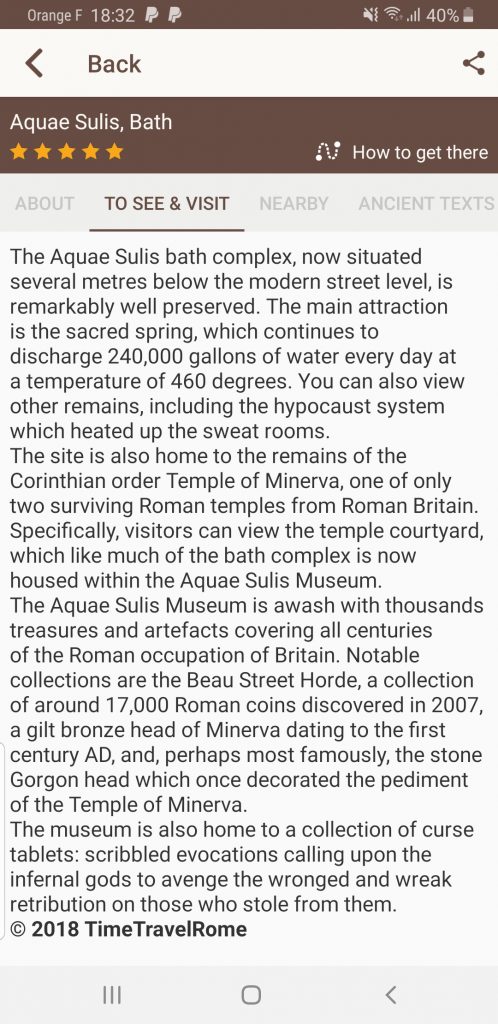Exploring the Edges of Empire
As a part of the Empire for over 350 years, from annexation by the emperor Claudius in 43 AD to the full Roman retreat in 410, Britain today is scattered with remains of its ancient, Classical past. For a long time, the island was ignored: although Julius Caesar is known to have landed here as early as around 55 BC, no Roman would land here again for almost a century. Indeed, Tacitus suggests that the island was neglected as a matter of policy by the earliest emperors, including Augustus and Tiberius! (Tacitus, Agricola, 13).
Despite being on the very edges of the Empire, and home to a native population that the earliest writers dismiss of as simple barbarians, the island quickly took on many of the social and cultural characteristics of Roman life following the Roman conquest. Rebellions would occur over the centuries, most notably those of Boudicca in 60 AD and Carausius in the late 3rd century, but, for the most part, Britain became a flourishing province of the Empire, and was bedecked in recognisably Roman fineries, often with a distinctly native flourish.
For the modern explorer, the remains of Rome – whether that be baths, amphitheatres, legionary fortresses or roads – can be seen all over Britain. Here are 5 of the best:
5/ Viroconium
Situated close to the northern Welsh border, in the town of Wroxeter in Shropshire, the town of Virconium stands as an excellent reminder of how pervasive Roman culture was within the imperial provinces. Even in the far north of the Empire, many of the identifying features typically associated with Roman urban culture can be seen replicated in these decidedly British contexts.
Originally the home of the Cornovii Celts, who made their home on the iron-age hillfort on the Wrekin (the Uiroconion), the town of Viroconium was originally settled as a frontier settlement in the earliest years of the Roman conquest. Occupying a strategic location, at the end of Watling Street which ran from Dover, the site provided the Romans with a base of security from which to consolidate their control in the north.
By as early as 80 AD however, the military were no longer required here: from this point onwards, the story of Viroconium is the story of the growth of a truly Roman settlement. It quickly acquired the trappings of Roman urbanism, including a forum, a grid-street pattern, temples, and, of course, thermae (a bath house). Many of these are date to the period of expansion between 120 – 130 AD; indeed during the reign of Hadrian, in the Golden Age of the 2nd century AD, the town is estimated to have grown to around 173 acres and to have been one of the richest and largest cities in the northern empire, and certainly within Britain.
Today, the remains of the thermae – known locally as “the Old Work” are an impressive sight to behold. The surviving features of the frigidarium (the cold room), along with the hypocaust heating system, the structural features comprise the largest free-standing Roman ruins in England.
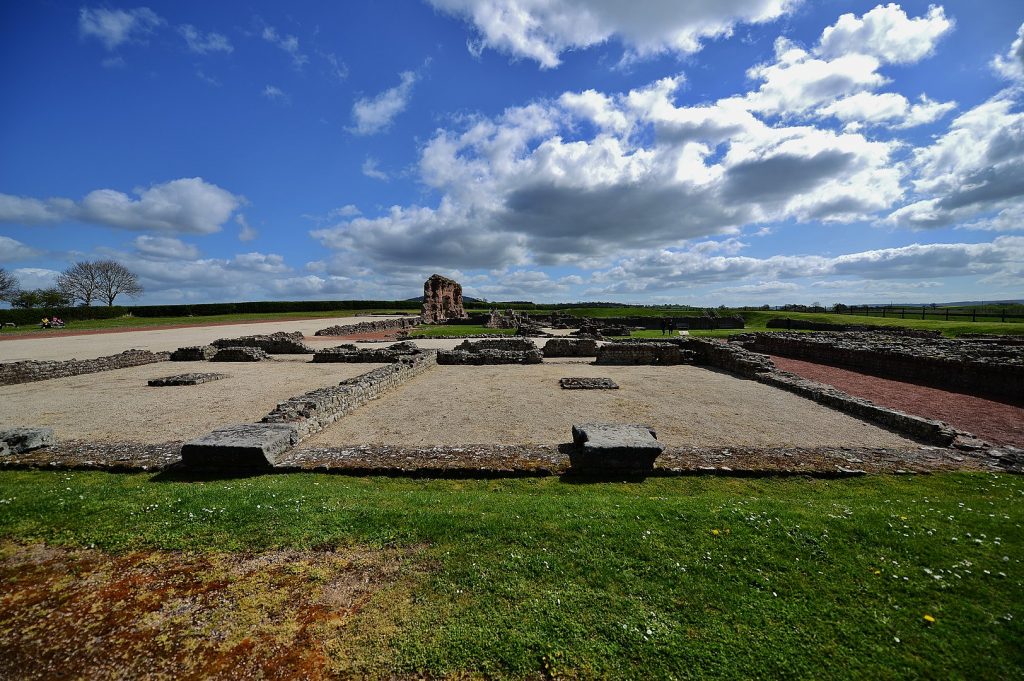
4/ Vindolanda Fort – Frontier Life
Located just to the south of Hadrian’s Wall in the north of Britain, near Bardon Mill in Northumberland, the auxiliary fort of Vindolanda is a priceless window into life in the Roman Empire that is arguably without parallel in the northern provinces. In use from around 85 AD through to the dying embers of Roman rule in the late 4th century (ca.380 AD), the fort is famous for the recovery of the Vindolanda tablets. These wooden leaf tablets, which document magically day to day life in a frontier fort, are some of the oldest examples of handwritten documents in Britain.
Predating Hadrian’s Wall, Vindolanda would once have been a key part of the original imperial frontier (the Stanegate Road). Over the course of its 3 centuries of use, the fort was demolished and rebuilt no fewer than 9 times, evolving from a simple wooden encampment into the imposing stone fortification you will be able to explore today, which appears to have been developed extensively during the campaigns of Septimius Severus in the north of Britain in 208-211.
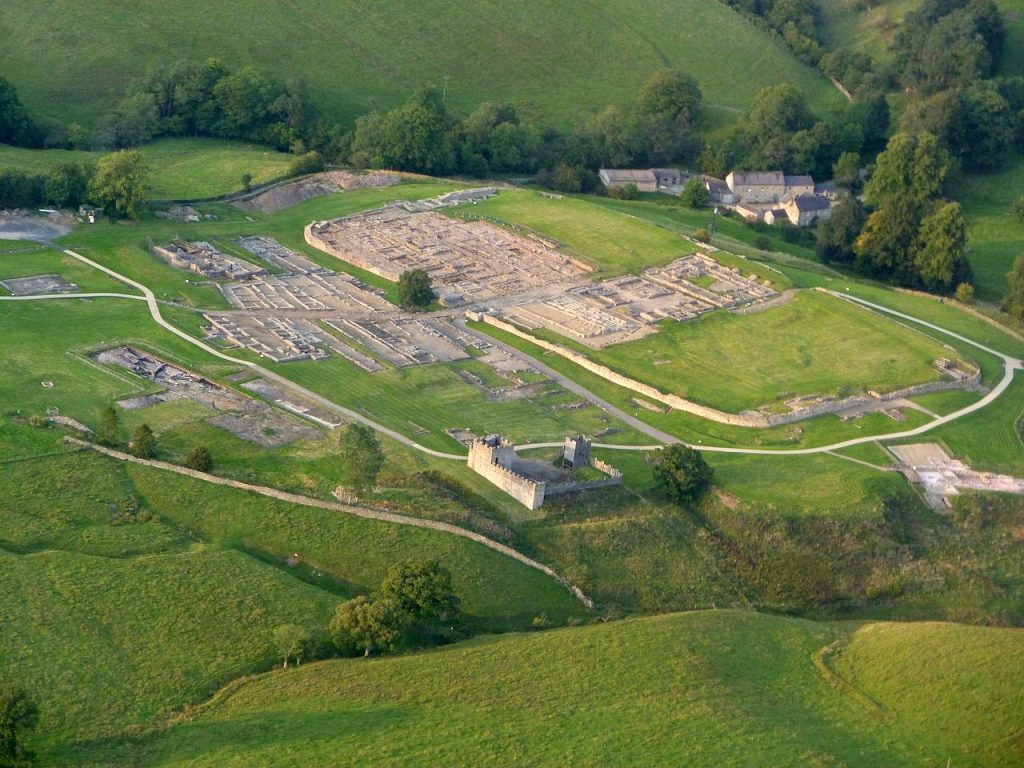
Although the remains of the fortress’ structures are well preserved and worth exploring, the real draw of Vindolanda is the truly excellent museum – Chesterholm Museum – on site. As Vindolanda remains an active archaeological site, the museum is constantly being updated with new discoveries. It is definitely recommended that visitors take their time to explore the museum and its grounds, as there are treasures everywhere. From a full-sized reconstruction of a Roman Temple in the grounds, there are truly priceless and unique remains of daily life in Roman Britain to be found within.
Until as late as 2011, one would have to travel to the British Museum in London to see the tablets, but now a selection are on display here. These delicate wooden tablets with their wispy ink writing miraculously and are true postcards from the past. Their subject matter varies massively. Some are strictly official, detailing administrative requests from the soldiers stationed here. Others though are wonderfully private. The most famous of these is probably Tablet 291, which records the invitation to a birthday party made by Claudia Severa, the wife of a nearby camp commander, to Sulpicia Lepidina!
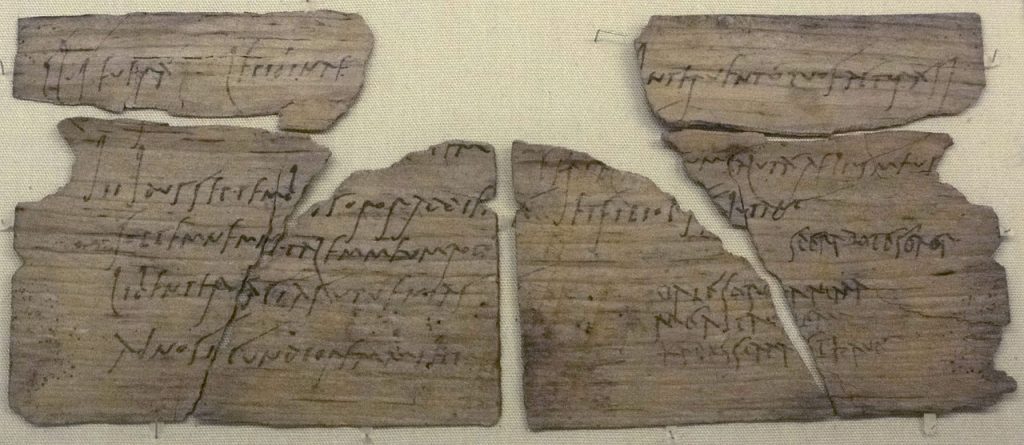
3/ Fishbourne Palace – A Villa fit for a King?
Situated in Chichester, West Sussex, on the south coast of England, this sprawling villa, dating to around 75 AD, is the largest residential Roman building ever discovered in Britain, and is in fact the largest north of the Alps. Much of the palace has been well excavated and is today part of an excellent heritage site, which includes an on-site museum. The exquisite and very-well preserved mosaics that have been recovered from the site should be high on any Roman Britain must-see lists.
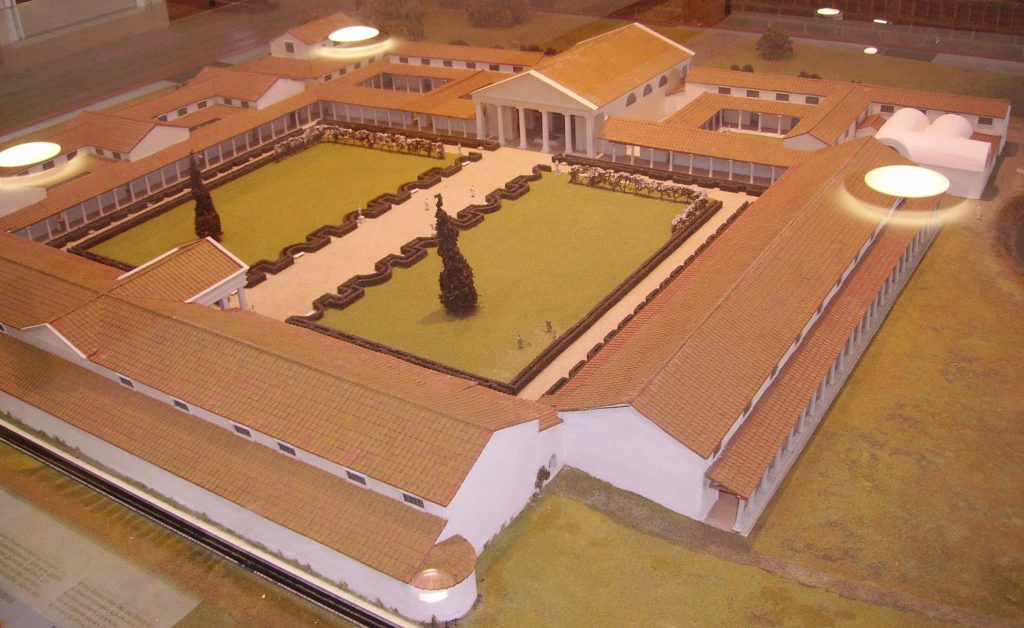
The palace’s original excavator, archaeologist Barry Cunliffe, suggested that this was once the home of Tiberius Claudius Cogidubnus (King Cogidubnus to those of you who studied the Cambridge Latin Course!), a local pre-Roman chieftain, who thanks to his support for the invaders, was installed as a client king over several southern territories. Other interpretations argue instead that the palatial complex was owned by Sallustius Lucullus, a late 1st century governor who would fall fatally foul of the emperor Domitian’s paranoia in 93 AD.
Whoever the actual owner was, what is striking is how quickly after the initial conquest the forms and features of a recognisably Roman culture took hold in Britain and began to be ostentatiously displayed. In size, it is roughly equivalent to Nero’s Domus Aurea, or Golden House, which sprawled across the hills to the east of the city and was a viewed as a sure sign of his tyranny. Just as strikingly, in terms of floor plan, the organisation of Fishbourne Palace closely resembles that of the Domus Flavia, another tyrant’s palace, this time that belonging to Domitian on the Palatine Hill. In its size and organisation mirroring the imperial palaces in Rome, as well as the opulence of its interior decoration, Fishbourne Palace makes a mockery of any notion that Britain was a provincial backwater for the ancient Romans. Indeed, arguably nowhere else does the assessment of Tacitus ring quite so true:
“A liking sprang up for our style of dress, and the “toga” became fashionable. Step by step they were led to things which dispose to vice, the lounge, the bath, the elegant banquet. All this in their ignorance, they called civilisation, when it was but a part of their servitude.” (Tacitus, Agr.. 21)
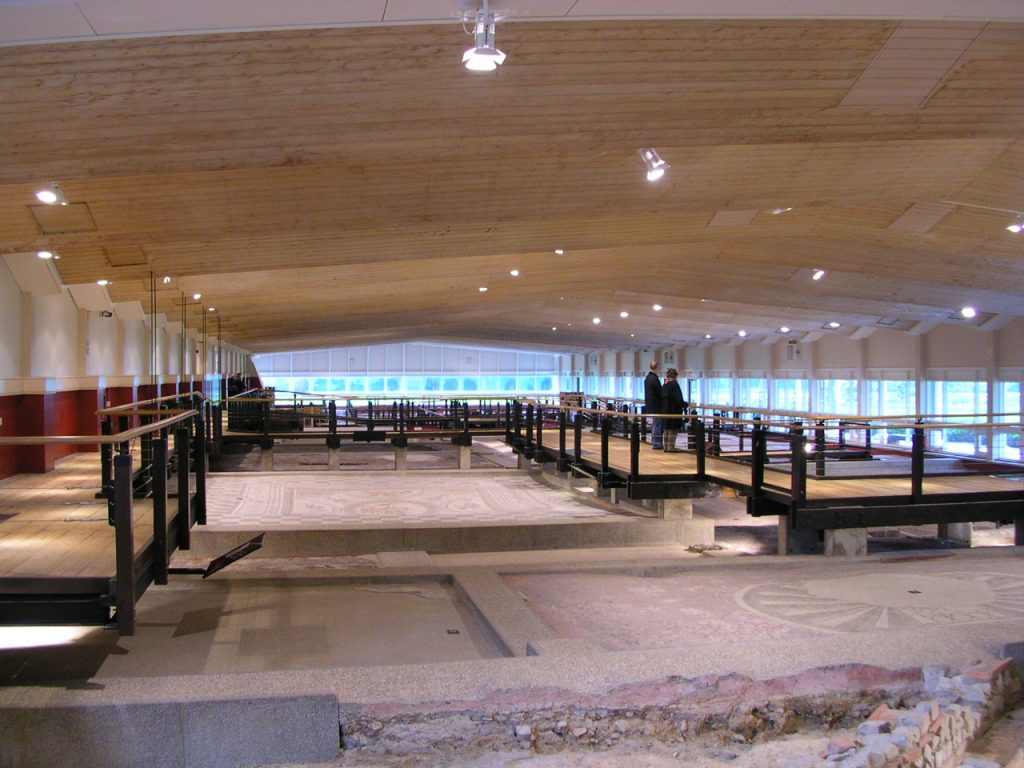
2/ Hadrian’s Wall – The edges of Empire
This vast defensive wall in the north of Britain are perhaps the most iconic of the Roman remains in Britain. The construction of this vast defensive frontier was begun in 122 AD under the auspices of the Emperor Hadrian, who is well known for visiting the extremities of Empire and setting its geographic limits. The wall in Britain stretched from the River Tyne in the East to the Solway Firth on the Irish Sea in the West. A significant stretch of the wall is still standing today, running for a total of 73 miles across the north of England.
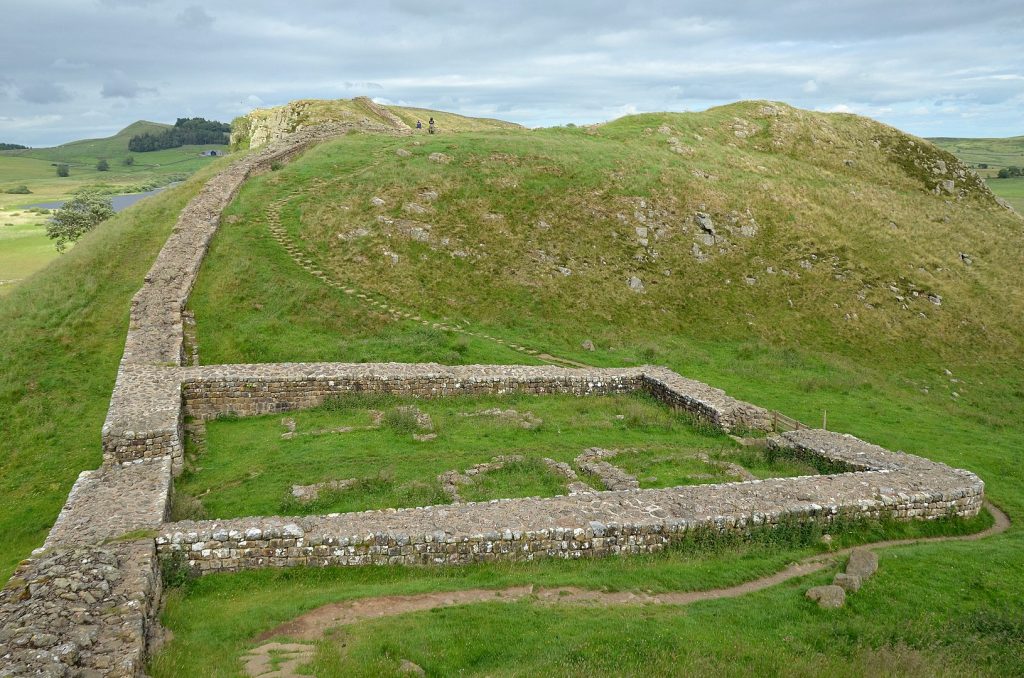
The exact purpose for building the wall remains contested, but it seems clear that it served as an imposing statement of Roman strength. Hadrian’s biographer in the none-too-dependable Historia Augusta, suggests that it was built to separate Rome from the barbarians – the Picts – to the north. (SHA, Hadr., 11.2). This seems to have been part of a broader policy of the emperor: similar defensive fortifications were built around the edges of the empire, notably in North Africa for instance.
Visitors to the wall today are spoilt for choice with how best to explore the remains. English Heritage offer a number of different visitor trails for you to walk along and follow the course of the wall amidst the spectacular scenery. The wall was punctuated by fortifications, and the best preserved of these today can still be seen and explored with several – notably Housesteads and Birdoswald – doubling as excellent visitor centres and museums with material from the soldiers who once called these far-flung defences home.
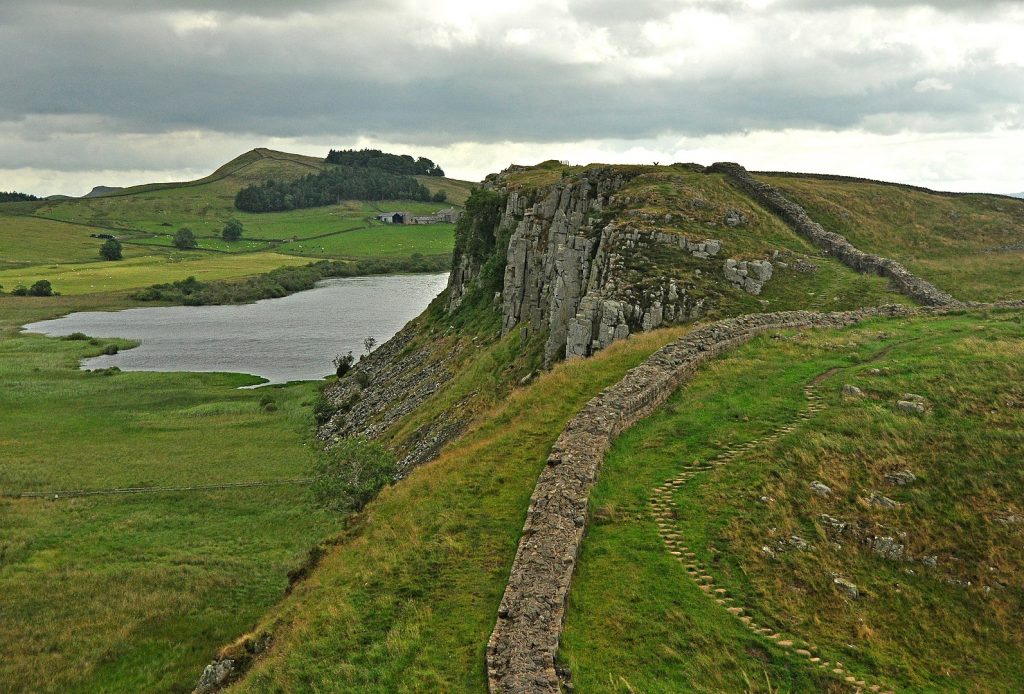
1/ Aquae Sulis – Gods and Curses in a Georgian Heritage Site
No trip to explore Roman Britain could possibly be completed without exploring the ancient thermal complex of Aquae Sulis in the city of Bath in southern England. The archaeological site in the heart of the gorgeous Georgian city is exceptionally well-preserved and includes the remains of a Roman Temple, the Roman Bath House and Sacred Spring, and an excellent museum which houses material from the site.
Development of the site by the Romans appears to have begun almost as soon as the initial conquest of the island was complete, some time in the early 60’s AD. However, there is evidence to suggest that site of the baths, with its thermal hot spring, had been used as a sacred space by the native Celtic peoples long before Roman conquest. Indeed, for the indigenous people, the springs were dedicated to the goddess Sulis. Ever open to incorporating native deities into their own diverse pantheon and worshipping them around the Empire, the Romans associated Sulis with Minerva, and duly developed the site around Roman architectural forms. Indeed, the Latin name for the town – Aquae Sulis – means “Waters of Sulis”.
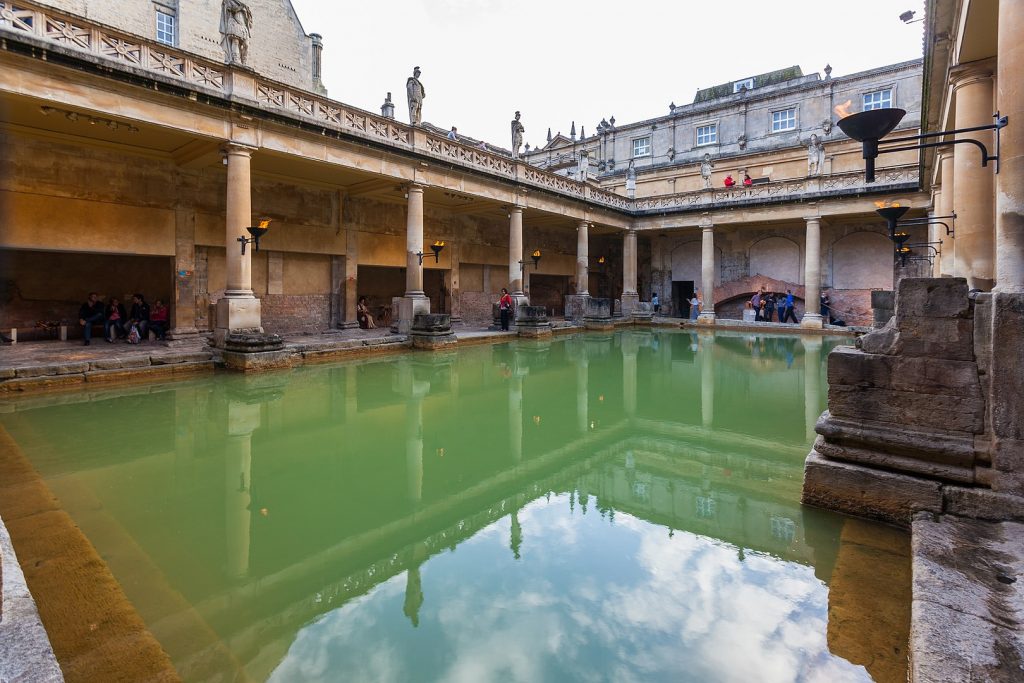
Within the museum at the site, one can see a plethora of defixiones, or lead curse tablets. These were dedicated to Sulis Minerva and tossed into the sacred waters. They offer wonderful insights into the lives of the ancients, as they asked the goddess for revenge on those whom they felt had wronged them in their day-to-day life.
What to See There Now ?
Timetravelrome describes and locates on the map all 5 sites described above. Find out more about these and thousands of other sites: www.timetravelrome.com
Aquae Sulis (Bath) on Timetravelrome App:
Author: Kieren Johns for Timetravelrome
Links to additional content: Viroconium, Vindolanda fort, Fishbourne Palace, Hadrian’s Wall, Aquae Sulis.
Header image: Aquae Sulis, By Diego Delso, CC BY-SA 4.0,
